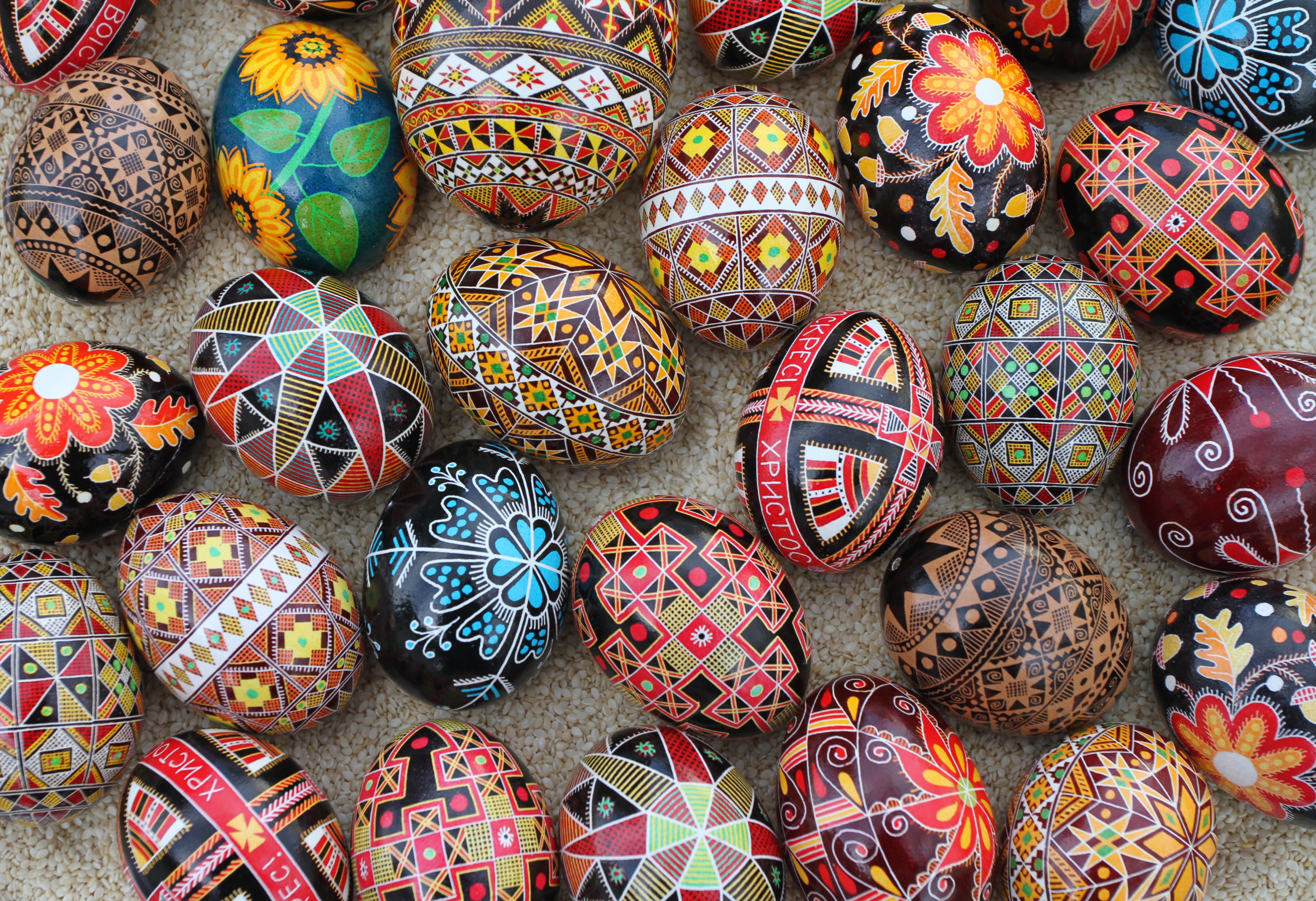In the year 325, the council of Nicea decreed that Easter should be observed on the first Sunday following the first full moon after the Spring equinox (March 21). This means that Easter can be any Sunday between March 22 and April 25. It’s a celebration of the resurrection of Jesus, but as with most Christian traditions, has plenty of pagan tradition mixed in.
In America, the vast “melting pot,” Old West characters would have come into contact with traditions from all over the world. They’d have heard of the Easter Bunny from their German acquaintances, and learned to dye eggs from many sources. Some countries dye their eggs red to represent Christ’s blood, others use wax or beads to create elaborate patterns.
In the UK, children roll eggs down a hill to see whose can travel further. In Sweden, the eggs are rolled down roofing tiles. In Germany, eggs are hung from trees (like decorating a Christmas tree). And in many countries, folks tap the pointed ends of their decorated eggs against another’s egg to see which egg breaks first.
One thing the Old West didn’t have was chocolate bunnies. These bunnies were made in large quantities in Germany before 1900, but didn’t become popular in America until after the turn of the century.

